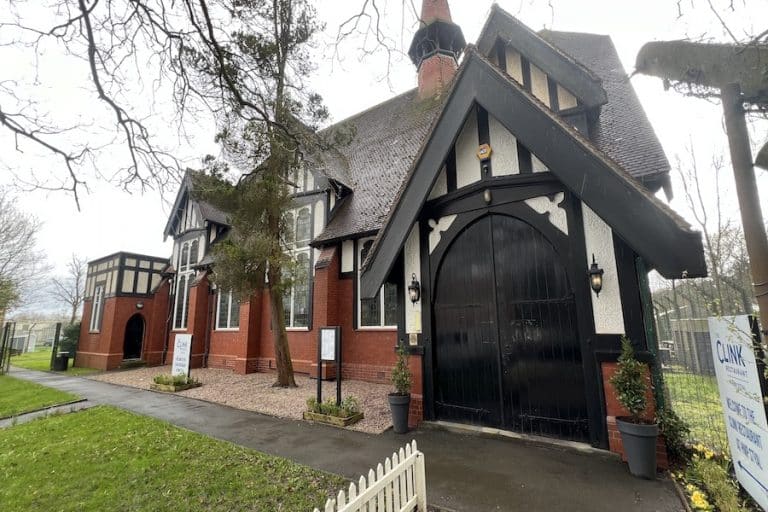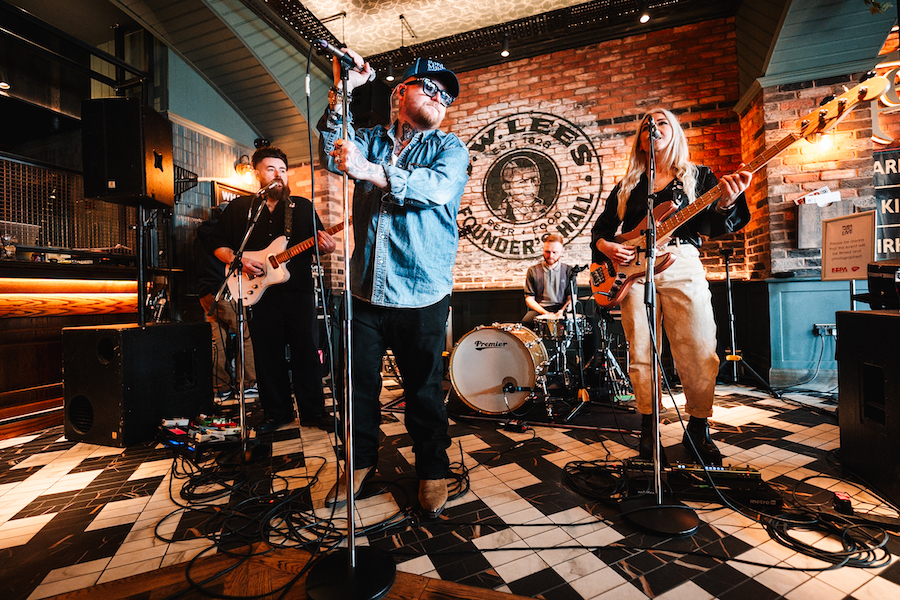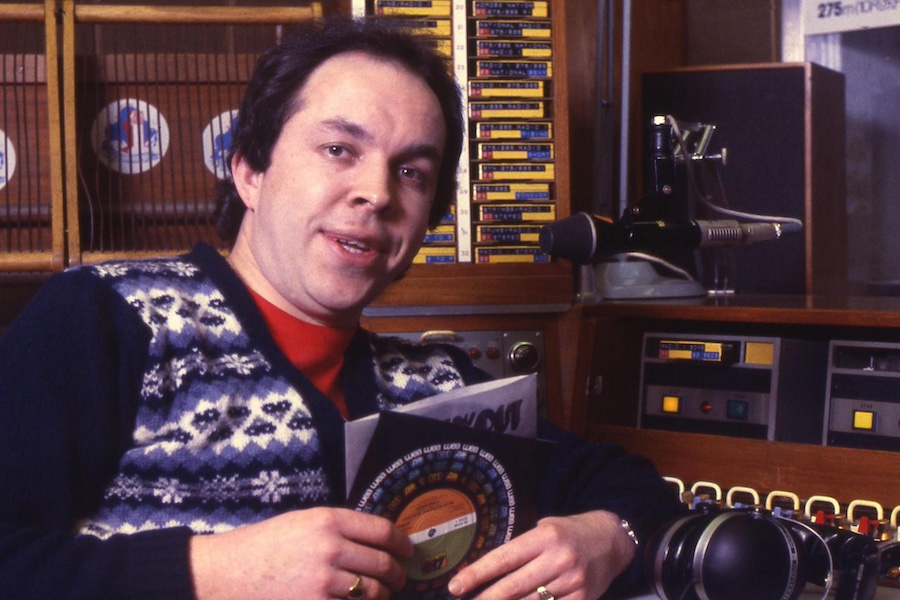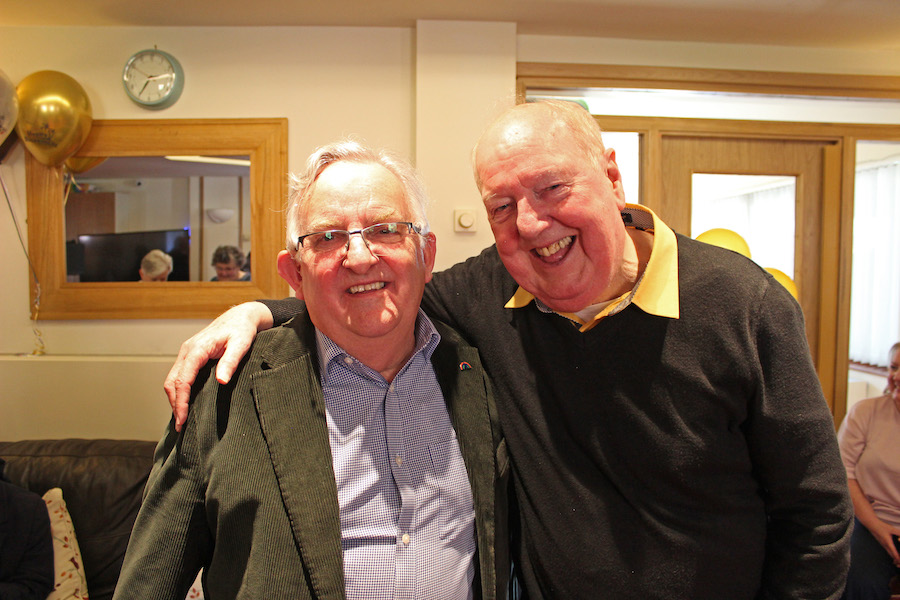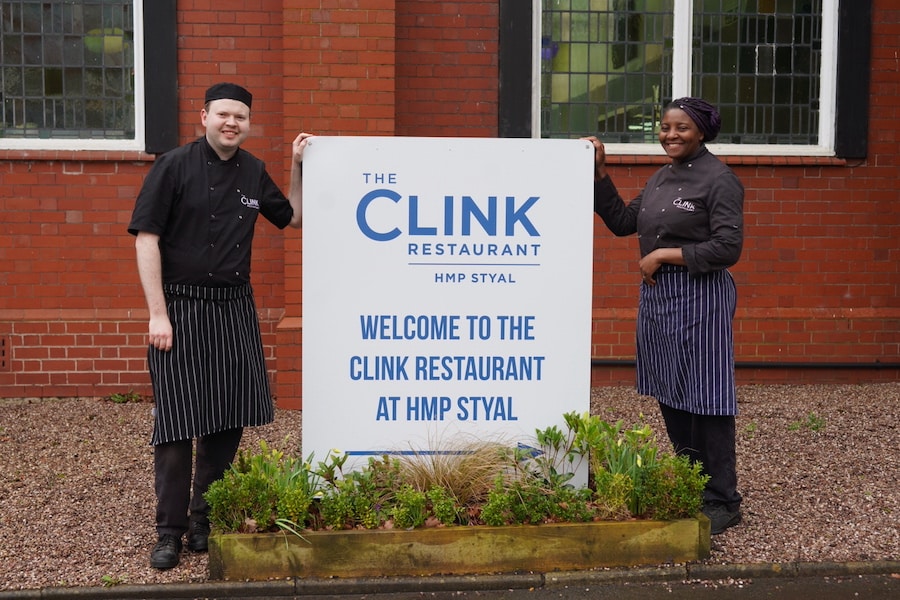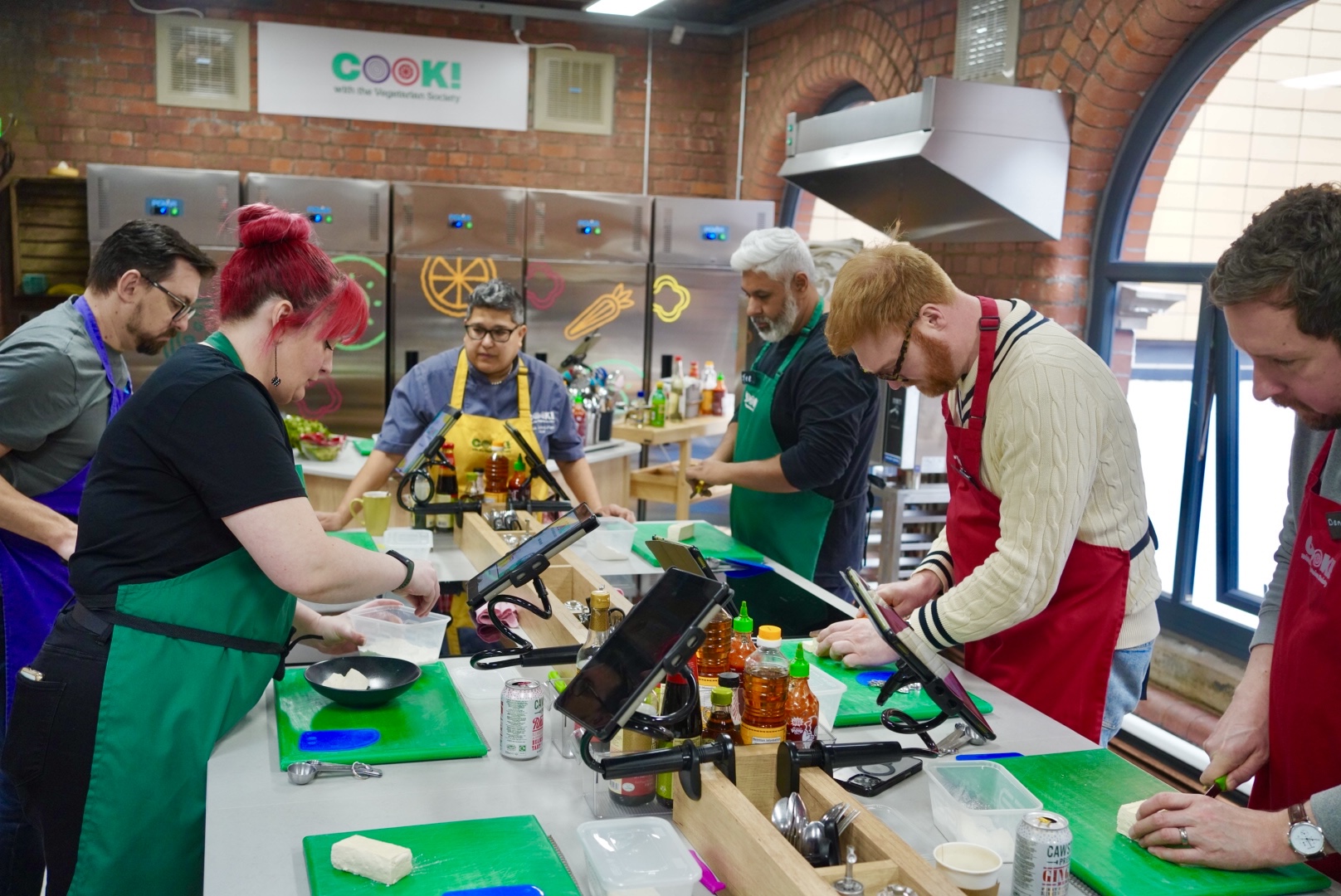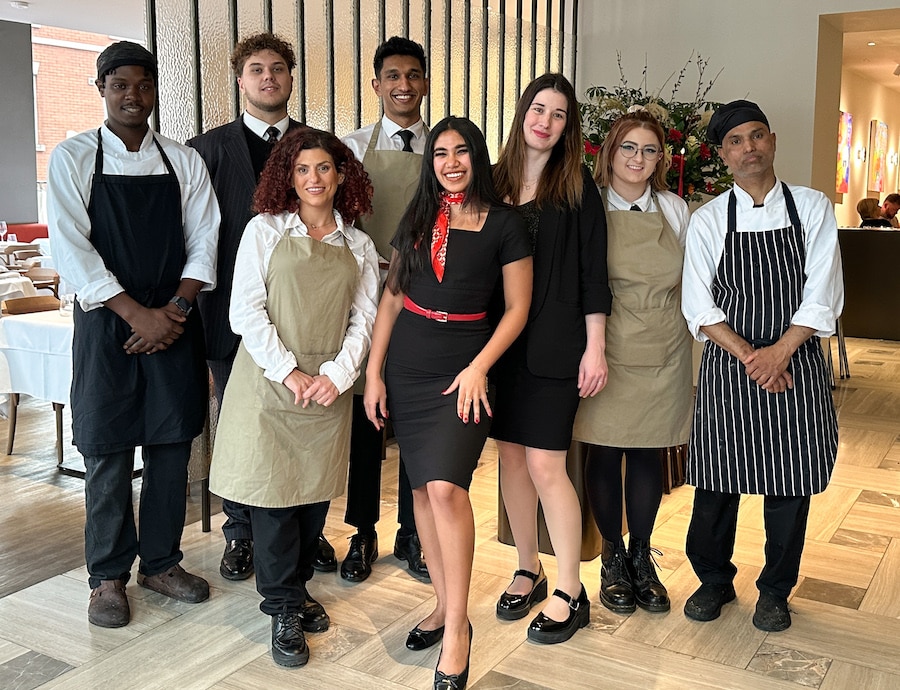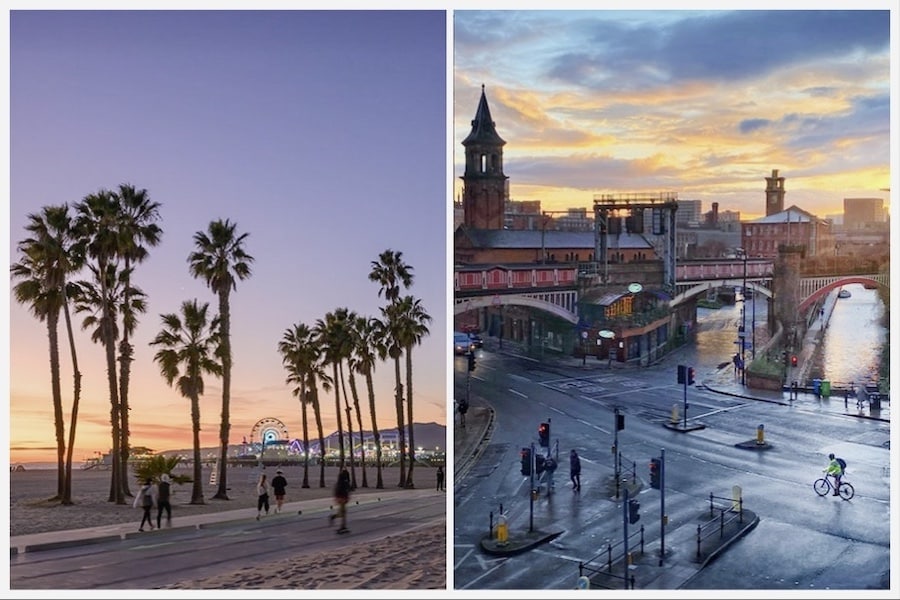Inside Murrays’ Mills – one of Manchester’s most historic buildings
- Written by Dianne Bourne
- Last updated 6 years ago
- City of Manchester, History, Property & Planning
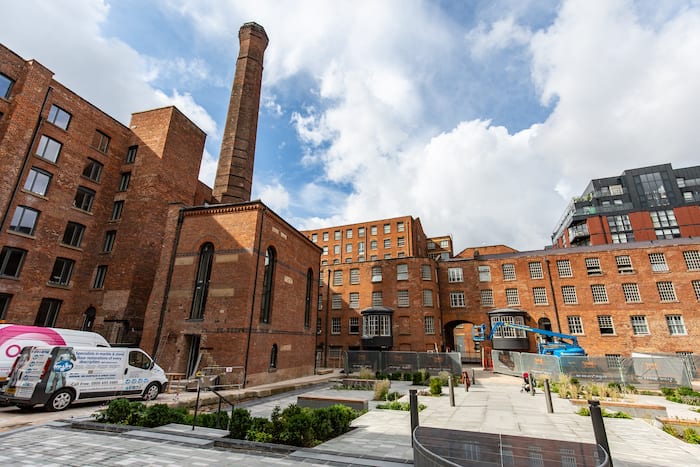
It’s one of Manchester’s most important historic buildings – now Murrays’ Mills in Ancoats is taking on a new lease of life.
The world’s oldest steam-powered cotton mill has been painstakingly renovated to become one of the city’s most in-demand residential apartment complexes.
And taking a walk around the stunning former mill buildings, it’s not hard to see why.
The first residents have begun to move in to the development of 124 apartments in a range of different former mill buildings on the site, and work is ongoing to complete the final stages of the renovation.
The mills were constructed between 1797 and 1804 by Scottish brothers Adam and George Murray who would go on to employ over 1300 people at the steam-powered cotton mill as Manchester became the first city of the Industrial Revolution.
Click or swipe below for a full gallery of images of the mills:-
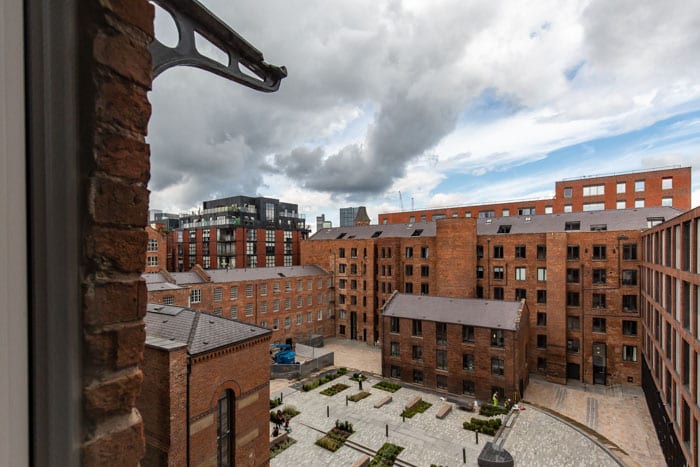
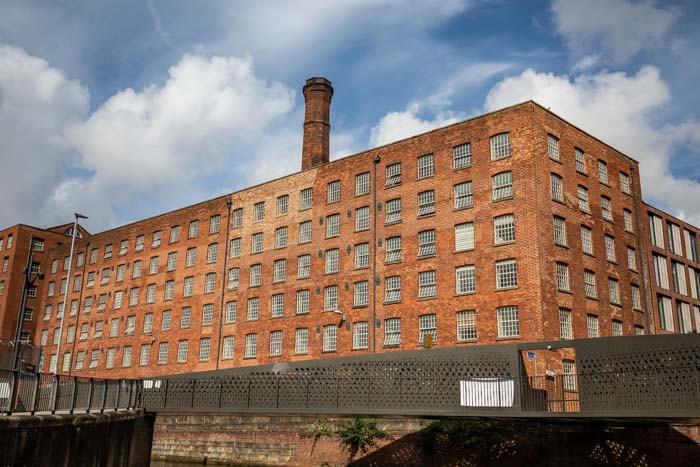
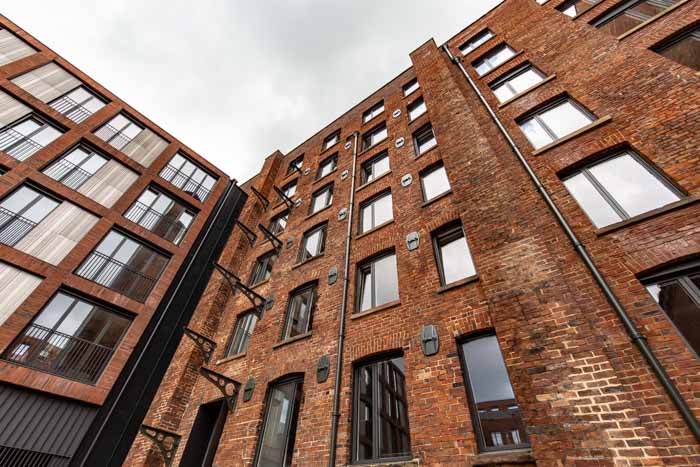

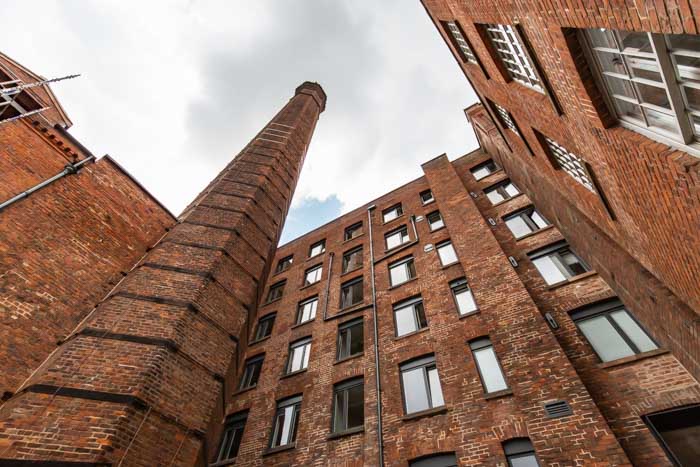
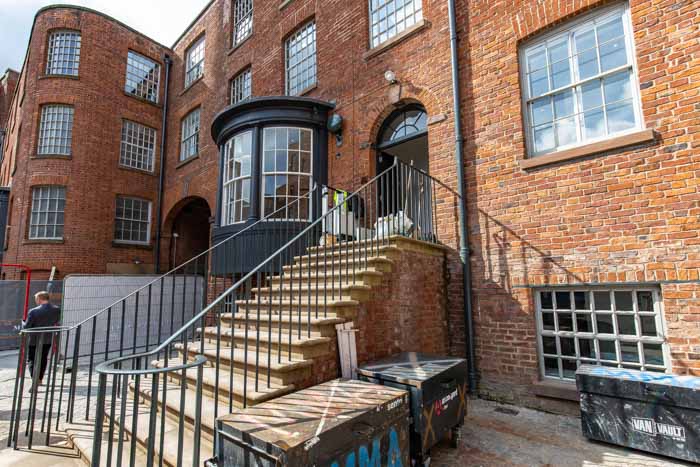
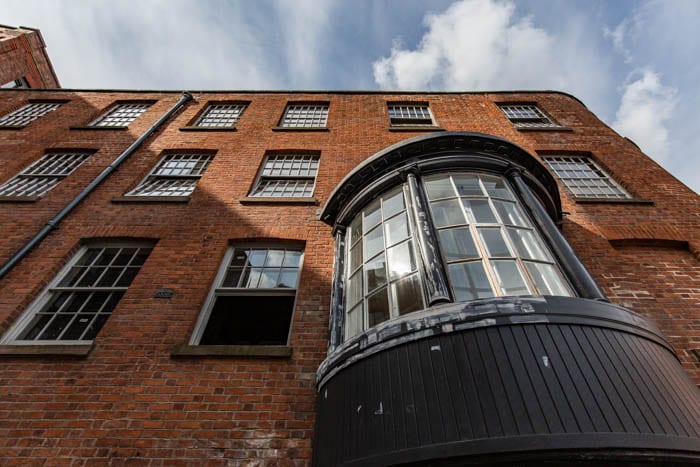
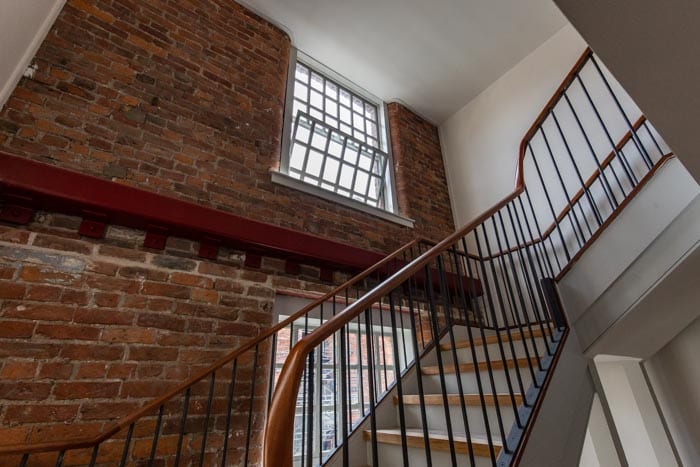
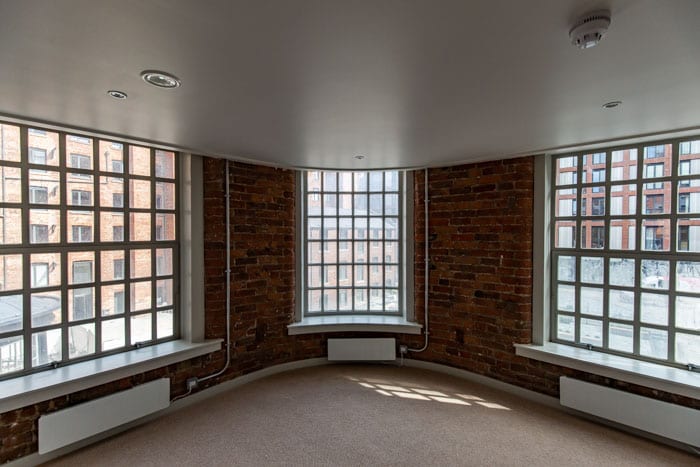

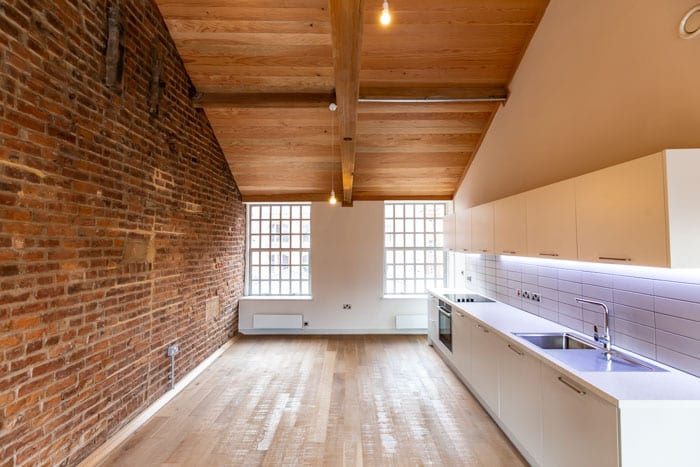
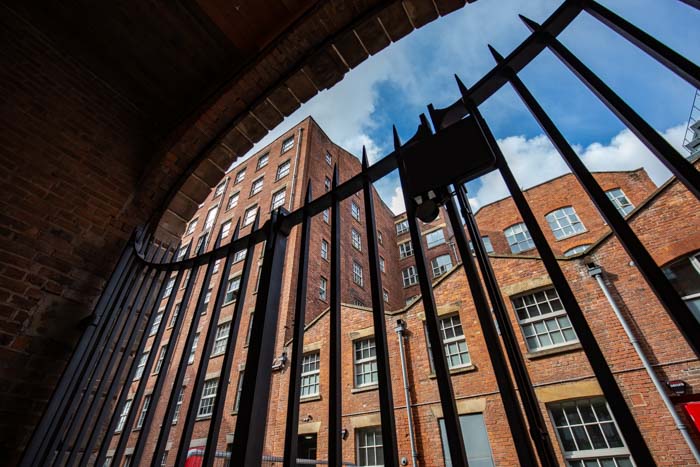
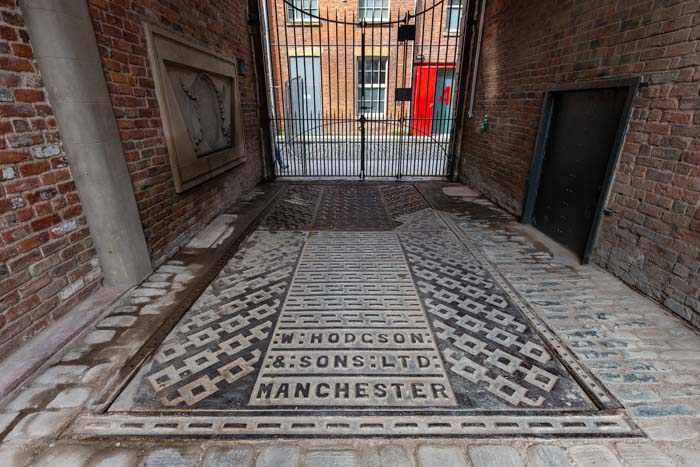
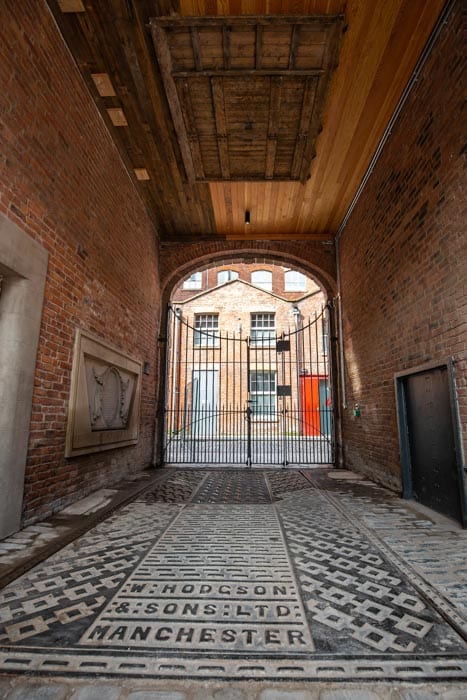
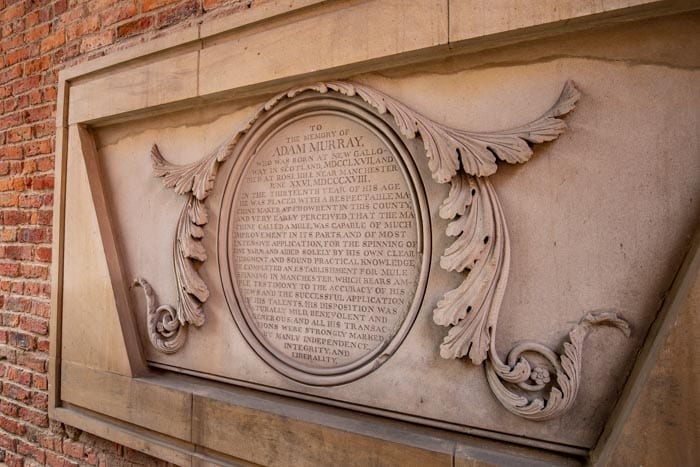
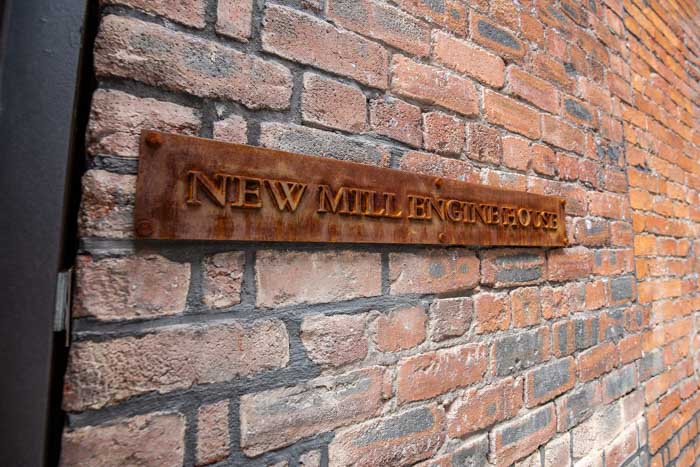

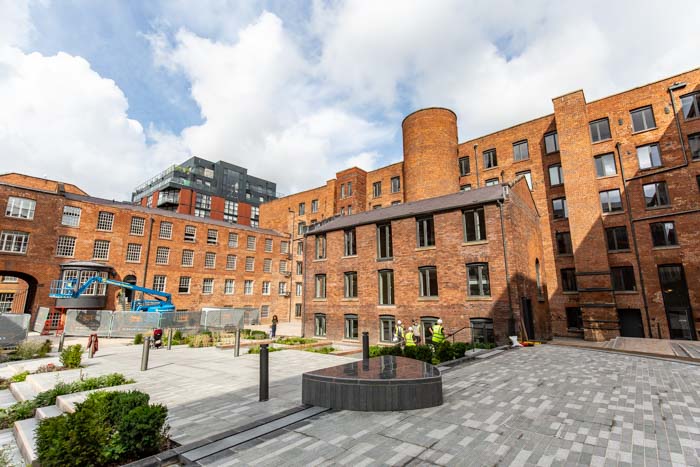

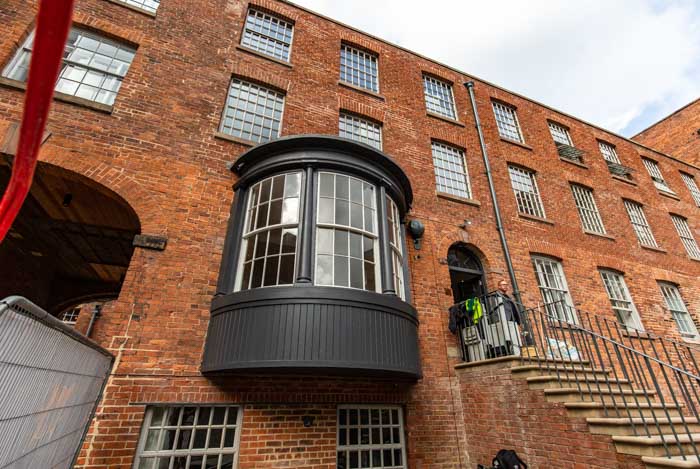
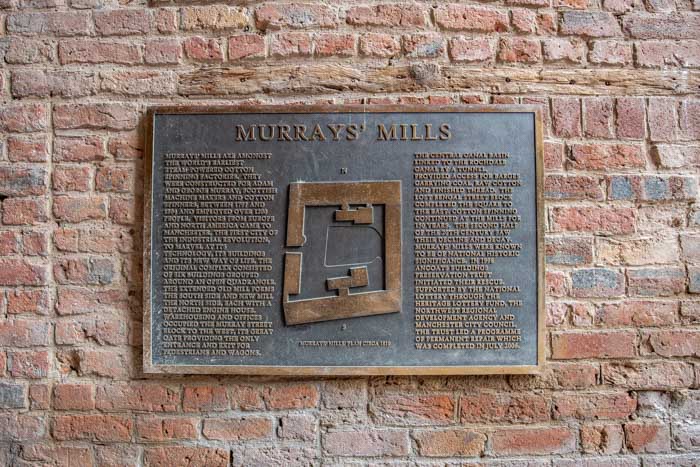

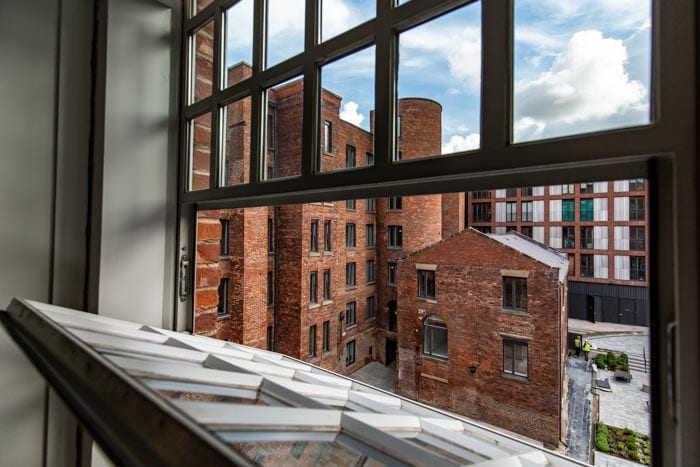
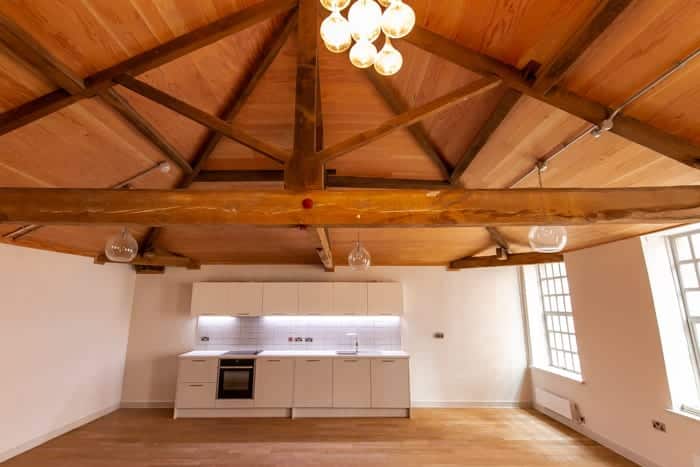

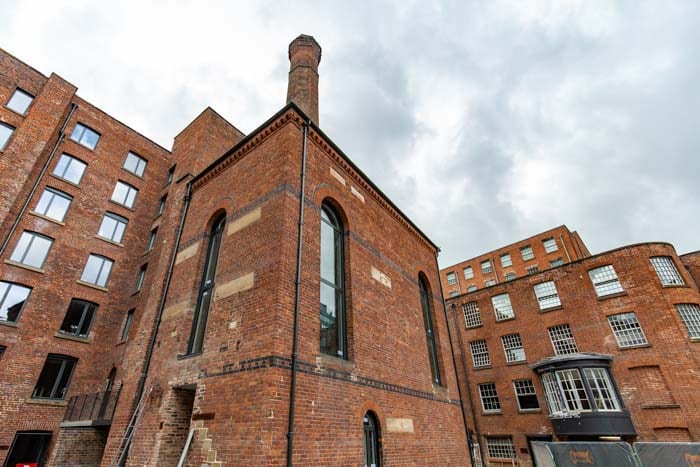
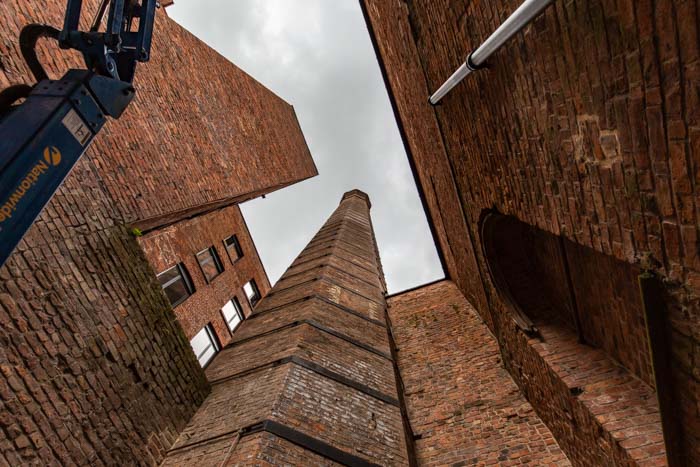

The original complex was formed of six buildings formed around an open quadrangle which used to be open to the canal – it has now been filled to form a new communal garden at the heart of the development, but the listed basin rim remains and the canal is still underneath the site.
To the south side is Old Mill, the oldest part of the structure, which is mirrored to the north side by New Mill – each with their own engine house. The south side engine house will be the last part of the development to be completed and will be sold as one most unique stand alone home with its huge windows and the original mill chimney dominating to the rear.

Work is currently ongoing to complete the Murray Street Elevation building to the West, which boasts two stunning bay windows and original staircase entrances. Inside there is exposed brickwork, original pipework and windows and, at the front of the building, the old bell that would be rung outside the Murray Brothers’ offices.

This week the original main entrance was fully reopened to residents, complete with spectacular metal gate, and a plaque commemorating Adam Murray.
The story of Murrays’ Mills dates back to 1780 when 14-year-old Adam Murray and his older brother George walked 170 miles from their tiny home village of New Galloway in south west Scotland, where their father was the local shopkeeper, to Chowbent (now Atherton) in Lancashire.
On arrival, the brothers and their neighbours James McConnell and John Kennedy were apprenticed to machine-maker William Cannon. For the next seven years, the brothers, along with thirty other apprentices, honed their expertise in the manufacture and operation of spinning machinery, equipping themselves with skills for an industry that was about to boom.
In June 1790, Adam invested in a plot of land on Bengal Street, Ancoats for an annual rent of £9.2s.1d – equivalent to £1,500 today. However, it wasn’t until the construction of Old Mill in 1798 that the property was put to use for the manufacture of spinning machines. Ancoats was beginning to emerge as the thriving, bustling hub of Cottonopolis, Manchester’s renowned cotton industry.

Old Mill is thought to be the first cotton-spinning mill ever built to eight storeys and set the trend for subsequent mills in the area. Its construction required an estimated 400,000 handmade bricks which are believed to have been manufactured on site using the excavated clay.
Old Mill is now the oldest surviving mill in Manchester. Fellow apprentices James McConnell and John Kennedy went on to build and operate the neighbouring Royal Mills, which is also now apartments.
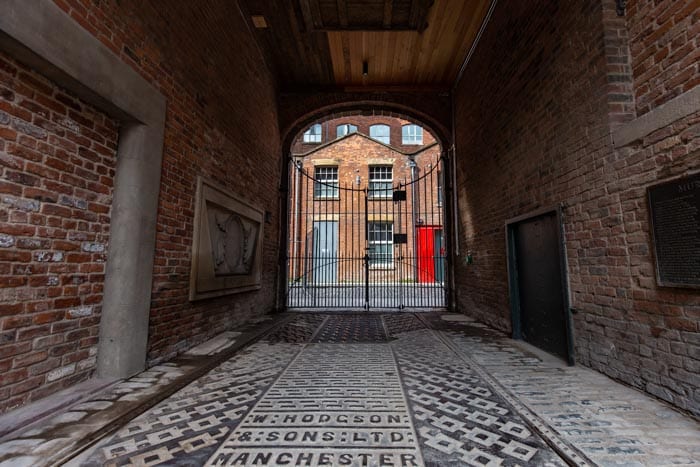
When Adam died in June 1818, George took the helm and was as much of a pioneer as his brother, installing gas lighting throughout the complex a year later.
At its peak around 1822, Murrays’ Mills was an enterprise with an unprecedented 84,000 mule spindles and 1,300 workers from across Manchester. Murrays’ Mills had become the heart of Ancoats, and Ancoats had become the world’s first industrial suburb.
All 124 apartments at Murrays’ Mills are being sold on an owner occupier basis with no sub-letting allowed as the ethos is to build a new community in Ancoats. The development is owned by Manchester Life and sole agent on the project is Reside.
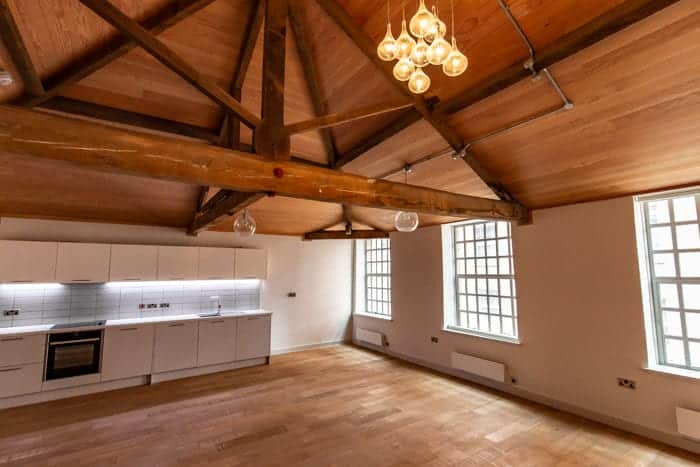
Anthony Stankard from Reside said there has been huge interest in the Murrays’ Mills development due to its history.
He said: “In Murrays’ Mills we have a really special development, with each apartment and the communal areas sympathetic to the building’s 19th century origins. Manchester is known for its cotton mills. Now a majority have been converted into homes. People associate these cotton mills with Manchester living, and therefore they are highly sought after.
“Manchester was the home of the Industrial Revolution and these mills will always play an integral part of our history and people like to buy a little bit of history.
“They maintain value and probably increase due to the lack of many more of these mills which can be converted. Those that were in good enough condition and location have been done, so the chance of buying a small bit of history is constantly diminishing.”
Prices range from £200,000 for a one-bed apartment, £250,000 for a two-bed apartment up to £800,000 for one of the spacious three bed duplex apartments in the Murray Street Elevation. A price has yet to be determined for the spectacular engine house on the site.
For more information on the apartments still available, contact residemanchester.com
- This article was last updated 6 years ago.
- It was first published on 9 August 2019 and is subject to be updated from time to time. Please refresh or return to see the latest version.
Did we miss something? Let us know: press@ilovemanchester.com
Want to be the first to receive all the latest news stories, what’s on and events from the heart of Manchester? Sign up here.
Manchester is a successful city, but many people suffer. I Love Manchester helps raise awareness and funds to help improve the lives and prospects of people across Greater Manchester – and we can’t do it without your help. So please support us with what you can so we can continue to spread the love. Thank you in advance!
An email you’ll love. Subscribe to our newsletter to get the latest news stories delivered direct to your inbox.
Got a story worth sharing?
What’s the story? We are all ears when it comes to positive news and inspiring stories. You can send story ideas to press@ilovemanchester.com
While we can’t guarantee to publish everything, we will always consider any enquiry or idea that promotes:
- Independent new openings
- Human interest
- Not-for-profit organisations
- Community Interest Companies (CiCs) and projects
- Charities and charitable initiatives
- Affordability and offers saving people over 20%
For anything else, don’t hesitate to get in touch with us about advertorials (from £350+VAT) and advertising opportunities: advertise@ilovemanchester.com
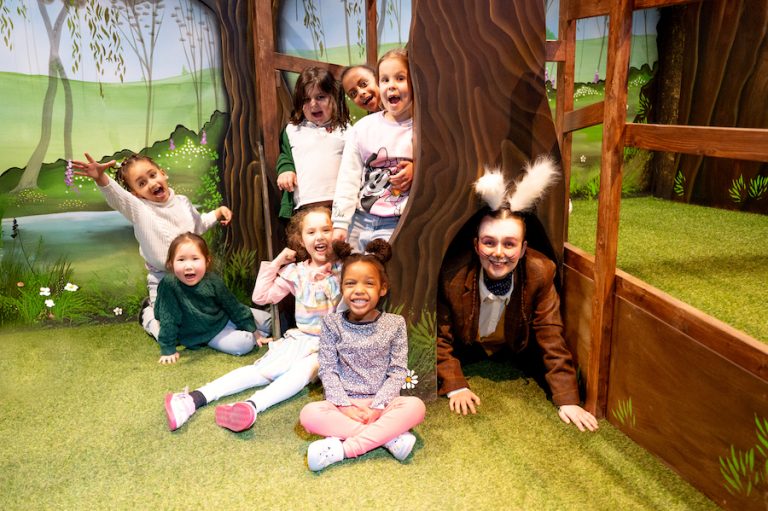
Head down the rabbit hole for Adventures in Wonderland with Z-arts
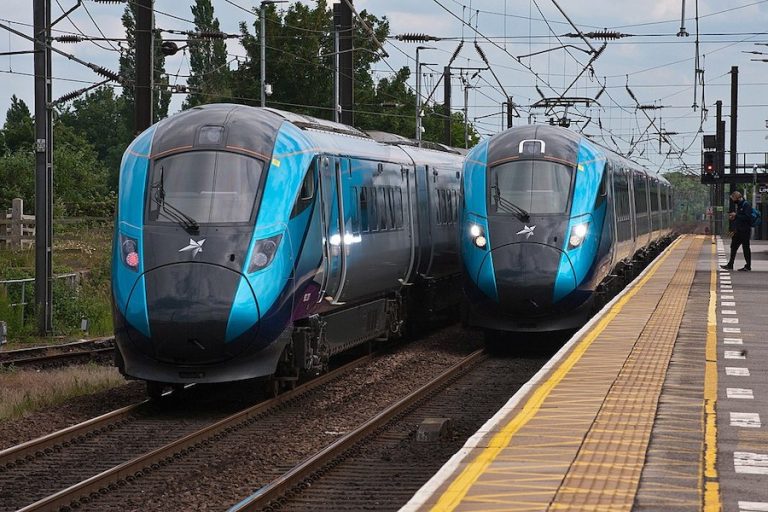
Major rail investment set to transform Manchester-Leeds commutes
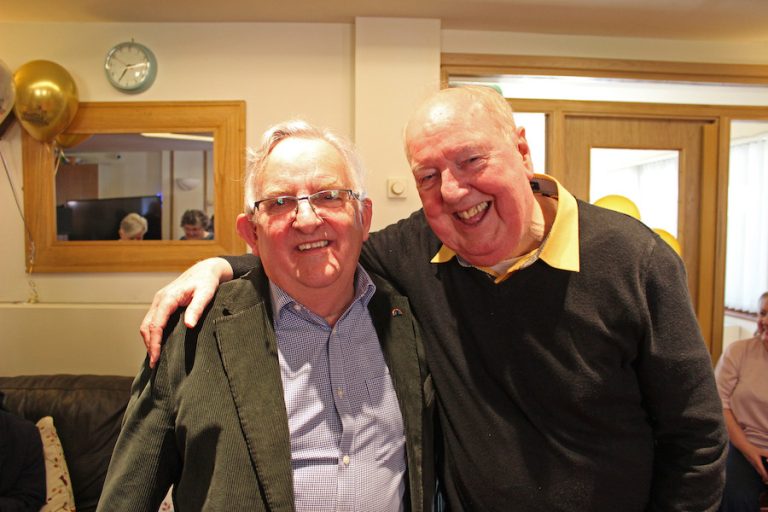
“His presence will be deeply missed” Children’s hospice bids farewell to their visionary CEO
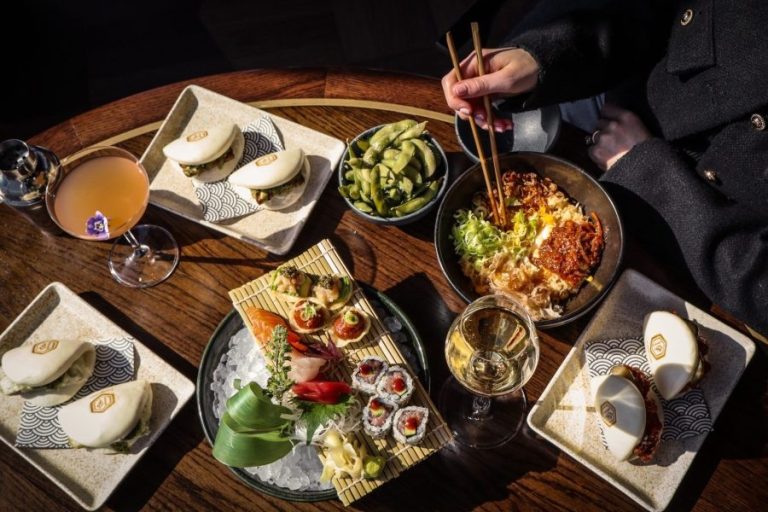
Has Gordon Ramsay created Manchester’s ultimate bottomless brunch?

The Clink celebrates ten years of empowerment and second chances
